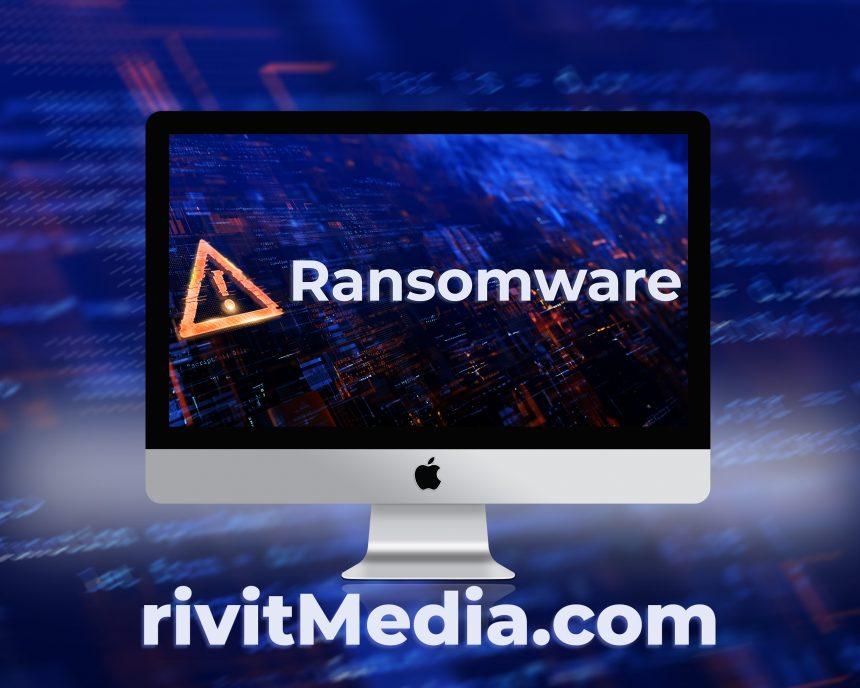In the ever-evolving landscape of cyber threats, ransomware remains a persistent menace, wreaking havoc on both individuals and organizations alike. Among the myriad variants, DumbStackz ransomware has emerged as a particularly insidious threat, capable of encrypting files and holding them hostage until a ransom is paid. In this guide, we delve into the workings of DumbStackz ransomware, detailing its actions, consequences, detection methods, and providing a thorough removal guide. Additionally, we explore preventive measures to safeguard against future infections.
Understanding DumbStackz Ransomware
DumbStackz ransomware operates on a simple yet devastating premise: it infiltrates a victim’s system, encrypts valuable files using advanced encryption algorithms, and demands a ransom in exchange for the decryption key. The ransom note typically contains instructions on how to make payment, often in cryptocurrency, to obtain the key and regain access to the encrypted files. Failure to comply with the demands may result in permanent loss of data.
Once DumbStackz ransomware gains access to a system, it swiftly begins its nefarious activities. It identifies valuable files such as documents, photos, videos, and encrypts them, rendering them inaccessible to the user. This can lead to significant data loss and operational disruptions, particularly for businesses relying on critical information stored on their systems. Moreover, the ransom demanded by the attackers can range from hundreds to thousands of dollars, exacerbating the financial impact on victims.
Removal Guide
Removing DumbStackz ransomware from an infected system is crucial to mitigate further damage and restore normalcy. Follow these steps carefully:
- Enter Safe Mode: Restart your computer and enter Safe Mode to prevent the ransomware from running.
- Identify Malicious Processes: Use Task Manager (Ctrl + Shift + Esc) to identify and terminate any suspicious processes related to DumbStackz ransomware.
- Delete Temporary Files: Clear temporary files and folders on your system using the Disk Cleanup utility to remove any remnants of the ransomware.
- Restore from Backup: If you have a backup of your files, restore them from a safe and secure backup source.
- Use Decryptor Tools: Check for available decryptor tools provided by cybersecurity researchers or organizations to attempt file recovery without paying the ransom.
- Update Security Software: Ensure your antivirus or anti-malware software is up-to-date and perform a full system scan to remove any remaining traces of DumbStackz ransomware.
- Reset Passwords: As an additional security measure, reset passwords for any compromised accounts to prevent unauthorized access.
Preventive Measures
Preventing future infections of DumbStackz ransomware and other ransomware variants requires a proactive approach to cybersecurity. Here are some best practices to follow:
- Keep Software Updated: Regularly update your operating system and software applications to patch known vulnerabilities that ransomware may exploit.
- Exercise Caution Online: Be wary of suspicious email attachments, links, and downloads, as they may contain ransomware payloads.
- Implement Security Software: Install reputable antivirus or anti-malware software and enable real-time scanning to detect and block ransomware threats.
- Backup Data Regularly: Maintain regular backups of your important files on separate storage devices or cloud services to facilitate recovery in the event of a ransomware attack.
- Educate Users: Educate yourself and your organization’s users about the dangers of ransomware and how to recognize and respond to potential threats.
By adopting a proactive stance and implementing robust cybersecurity practices, individuals and organizations can fortify their defenses against DumbStackz ransomware and other malicious threats, safeguarding their valuable data and systems from harm.





